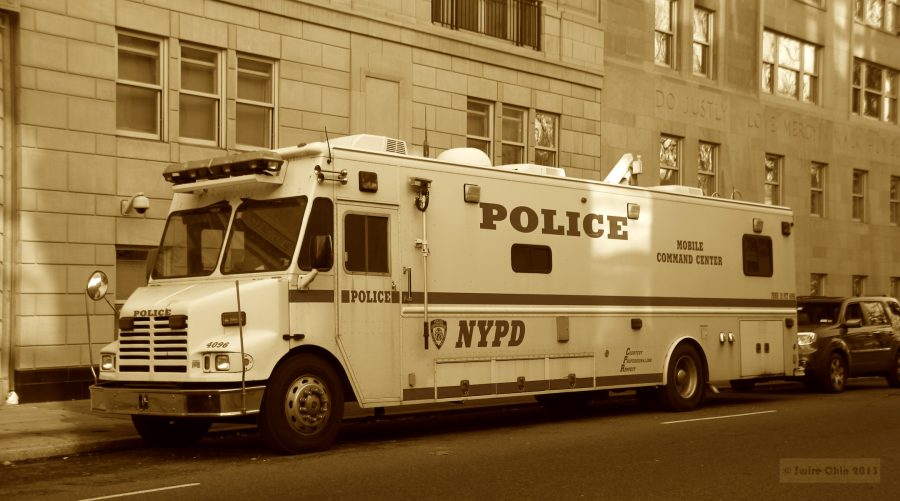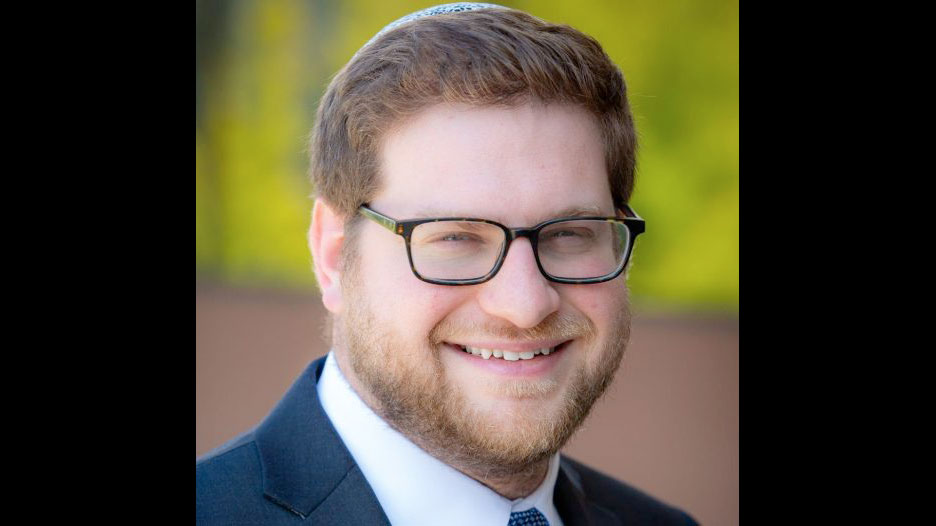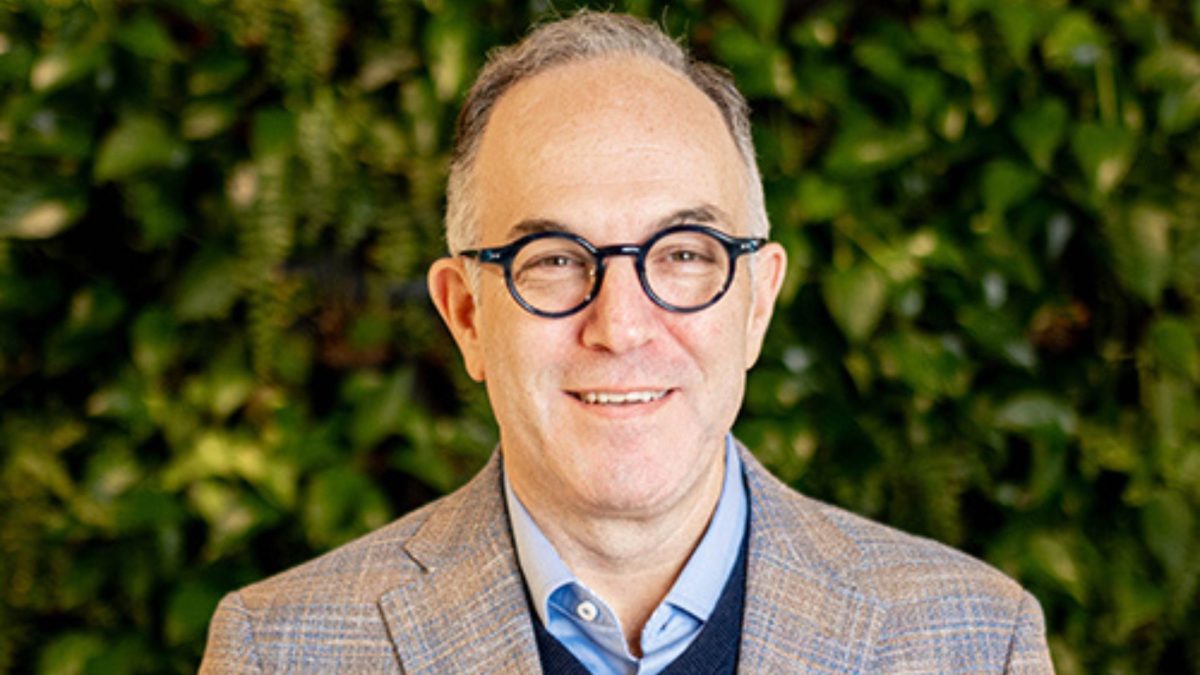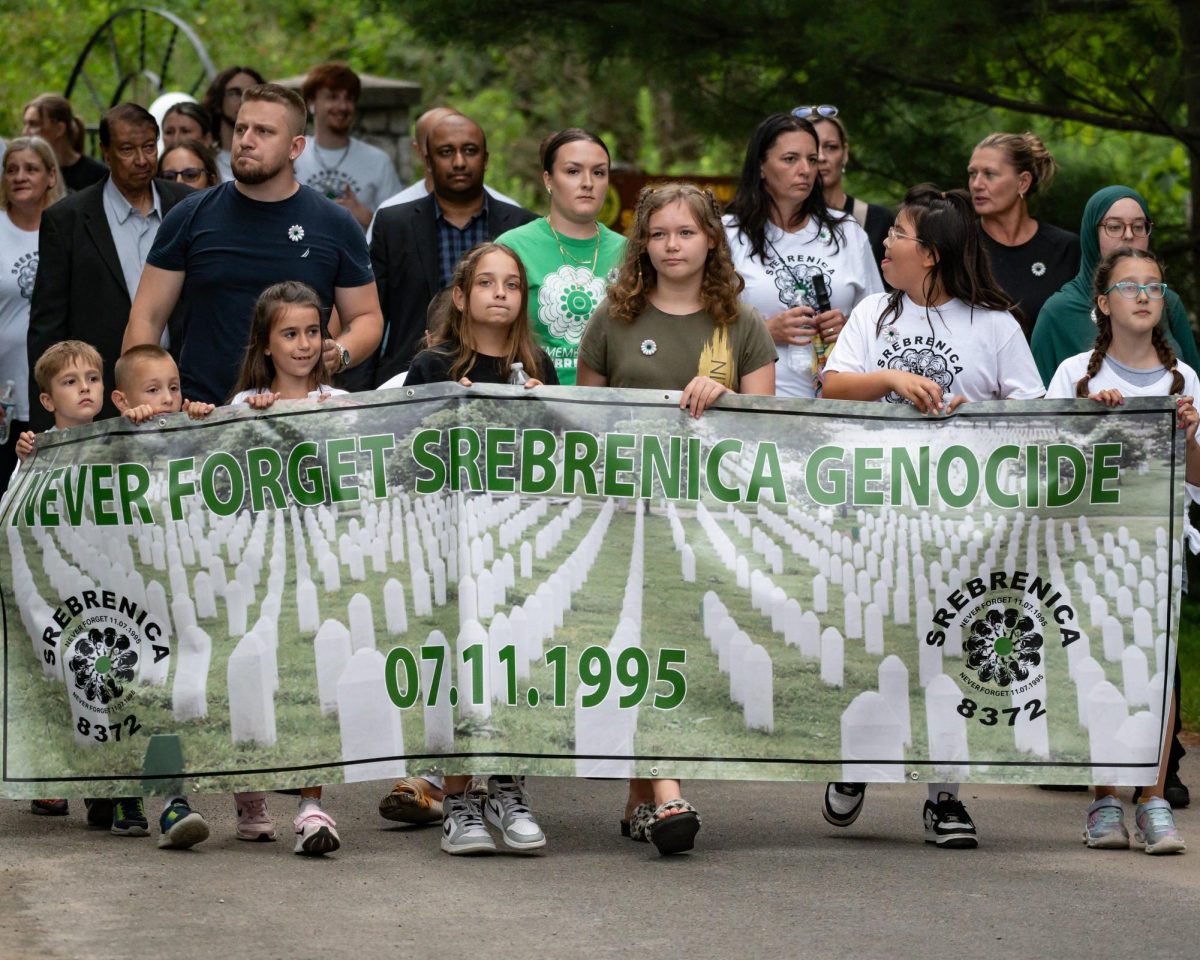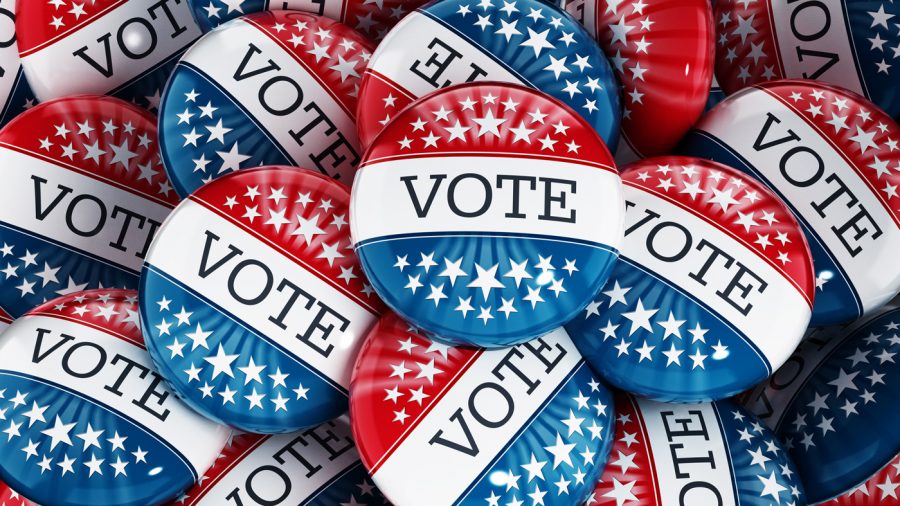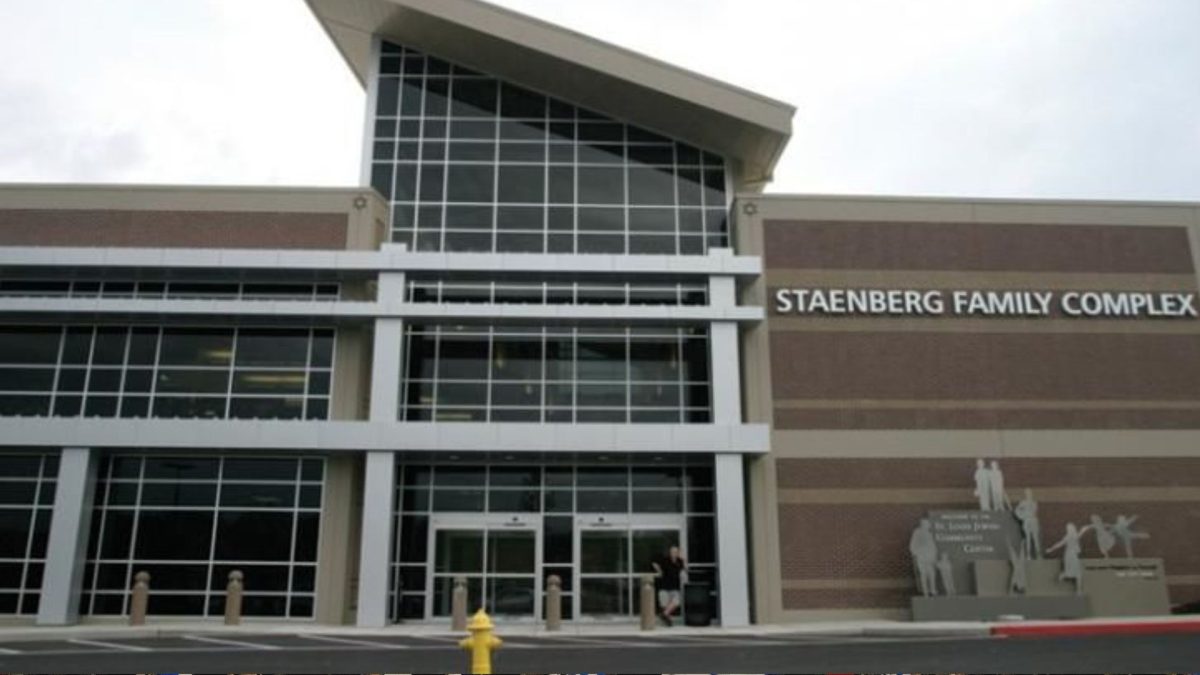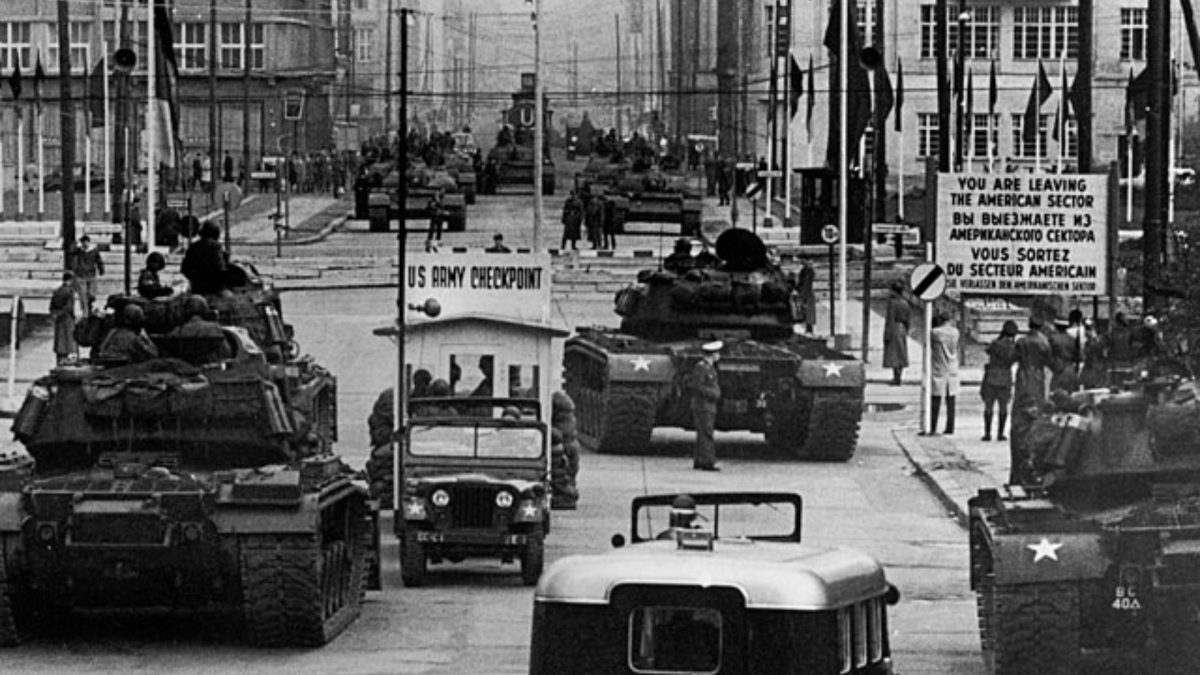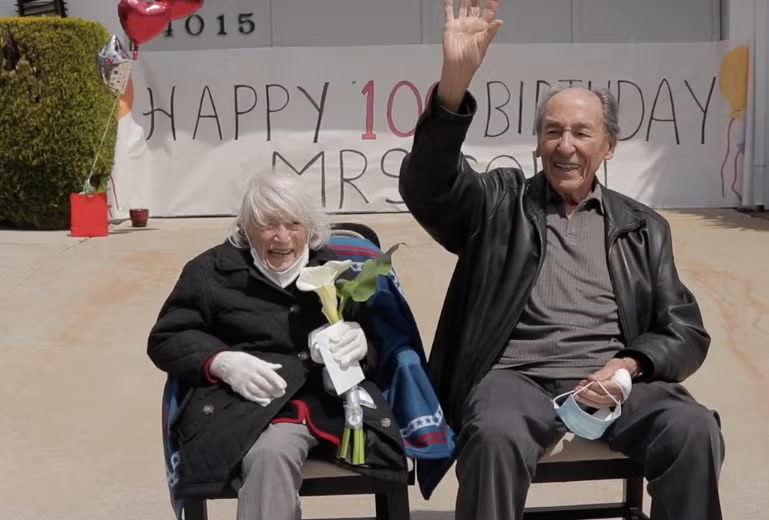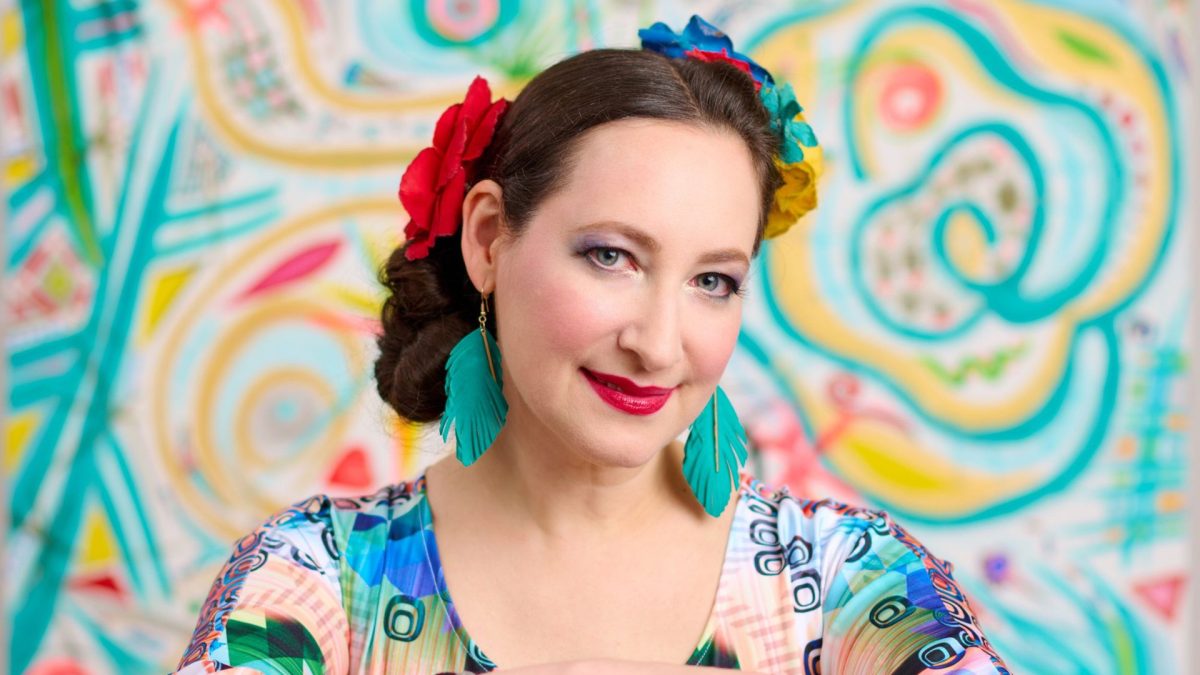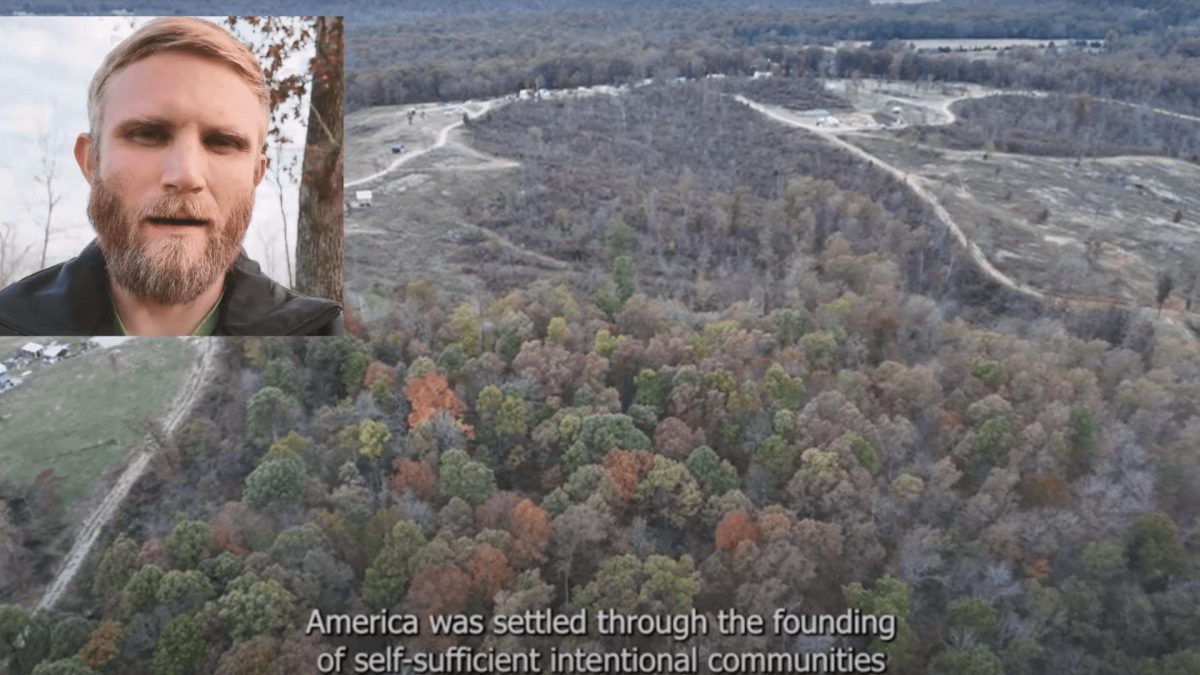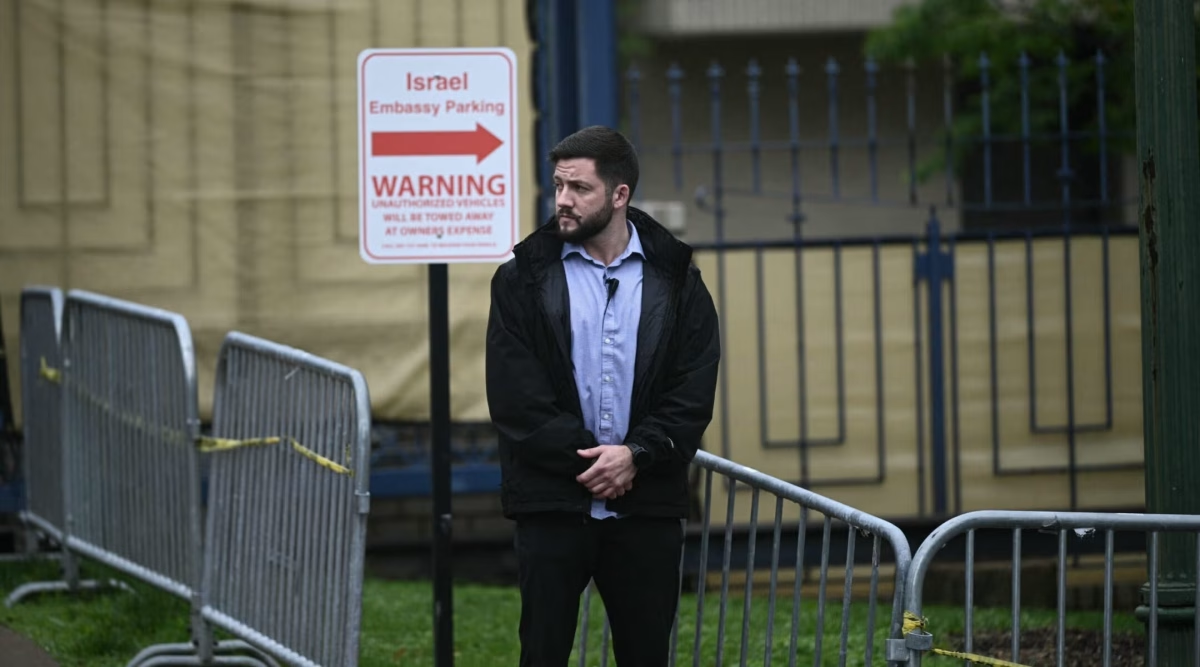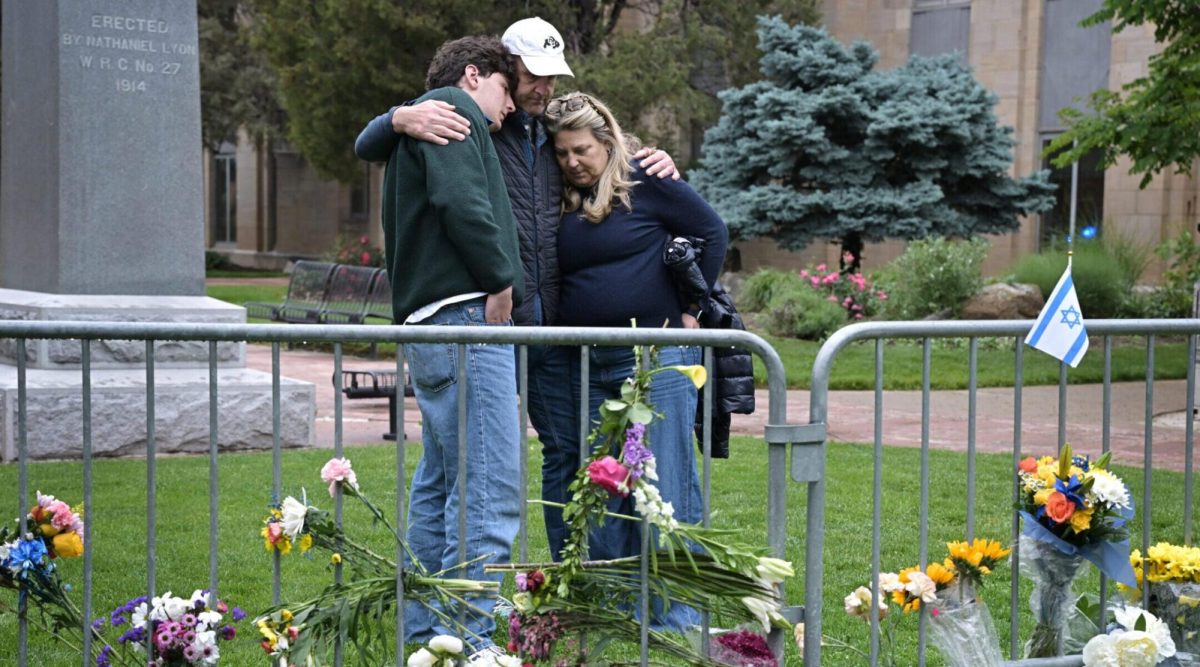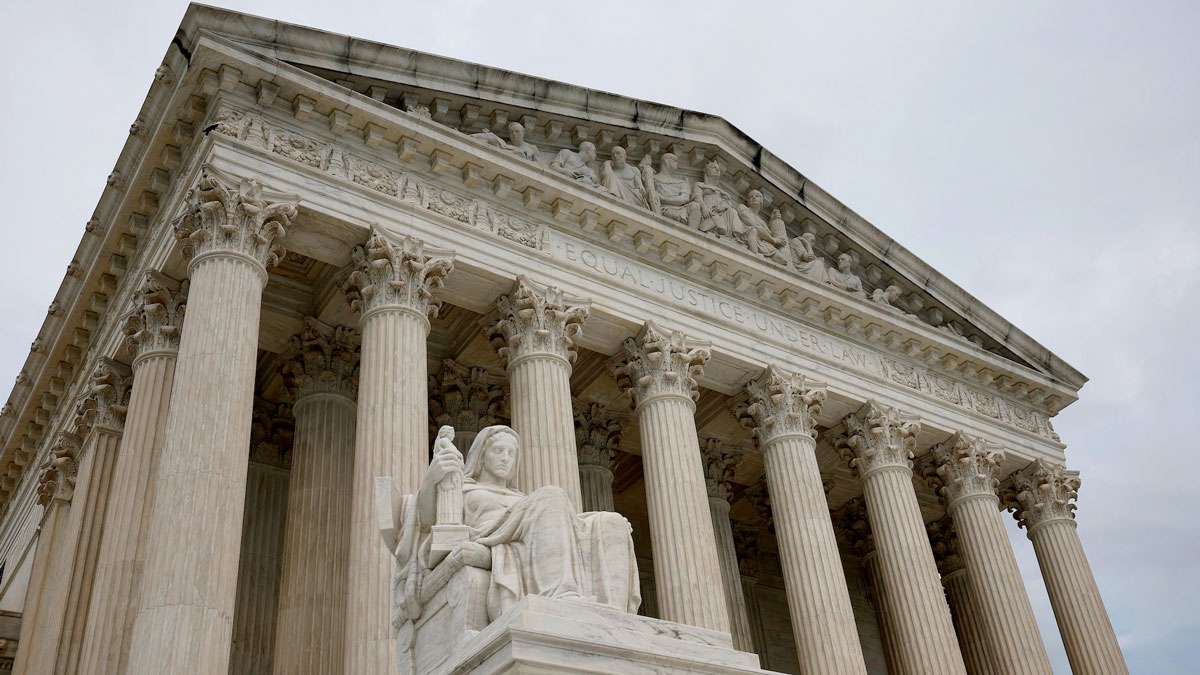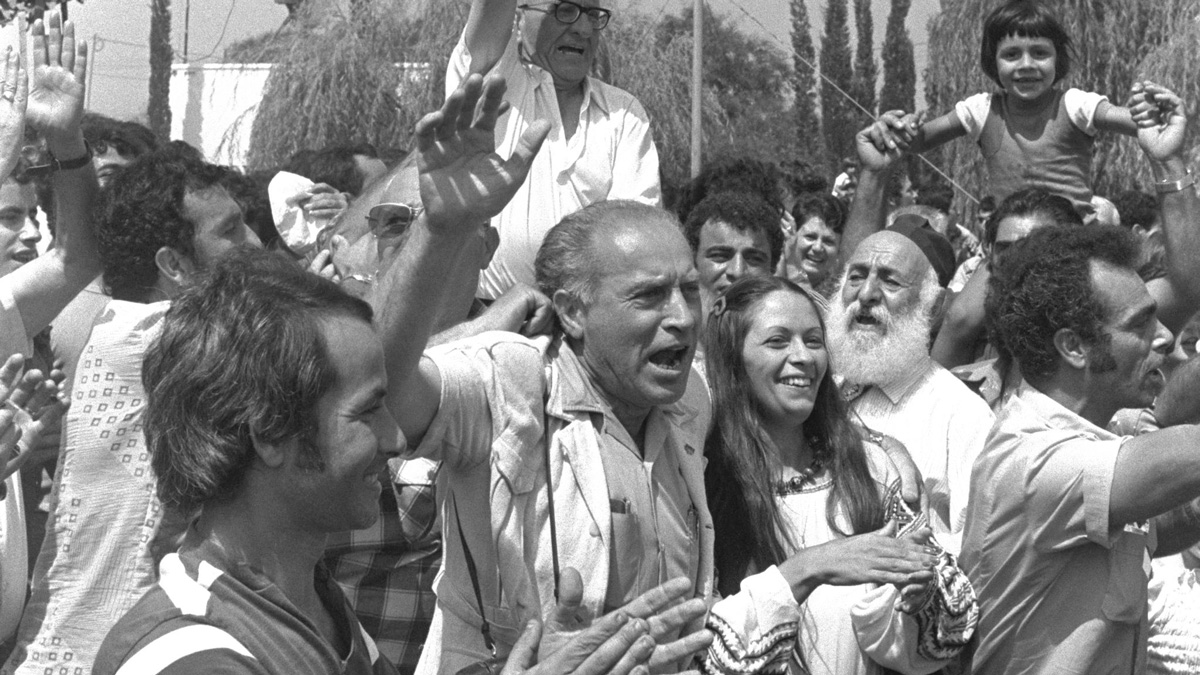(JTA) — Jews across America are still reeling from this past Shabbat when a rabbi and three congregants were held at gunpoint by an antisemitic terrorist in Colleyville, Texas.
In response to these harrowing events, many institutions have suggested painful but obvious conclusions: Invest in security for Jews, work with law enforcement, fortify houses of worship, and train volunteers and professionals to ensure emergency preparedness.
But this response has not been universal. A small but vocal group has asserted that the “more security” approach threatens the well-being and belonging of Jewish people of color.
On Twitter, prominent leaders, like Jewish author and activist Ma Nishtana, wrote, “If you attend religious services with armed guards at the entrance without fear of attack, you do not experience religious life as American Jews of color do.” Rabbi Danya Ruttenberg wrote: “A loving reminder to white Jews that talking about how important police & security [are] misses…what those things are & do for many Jews of color.” These sentiments have become de rigueur in Jewish media op-ed pages.
But while these words were offered in response to a day of deep trauma and reflect a desire to see Jewish communal institutions welcome all Jews, these tweets also imply that increased security measures and racial inclusion do not go hand in hand.
We argue there is no dichotomy between ensuring the safety of all Jews and acknowledging and addressing the concerns of Jewish people of color: We can and must do both. Ultimately, we believe that this racialized binary — the belief that the security interests of Jewish people of color and Jews in general are at odds — is not true and could divide American Jews at a moment in which we must desperately unite with each other and work together toward our common safety and belonging.
We share our thinking on this matter in the hope of both explaining why framing the issue as binary is mistaken and bringing together the wider Jewish community to focus on addressing the very real antisemitic threat in our midst.
Jews of color, just like people of color across America, are not monolithic in their relationship to law enforcement. While some communities have been vocal about their experiences of being the victims of bias, over-policing and police violence, many people of color who are victims of hate crimes want more law enforcement to keep them safe. For instance, as a recent New York Times article notes, “While Black Lives Matter activists have called for reducing police budgets and decreasing cities’ reliance on law enforcement officers, Asian leaders say that police are crucial to preventing attacks.”
Even within particular racial and ethnic groups, attitudes toward police and security are complex and vary. A number of polls have shown that Black Americans have lower trust in police but are also more concerned about crime than white respondents. Some Black Americans are concerned about over-policing, some about under-policing, and some about both. Some want to reduce police forces and some want to reform them. This does not even begin to describe attitudes and views in the families and social circles of the over 30% of American police officers who are themselves non-white or Hispanic.
There is no clear cut consensus by non-white Jews or Jews of color regarding pretty much anything: from the labels used to categorize us, to our relationship with religious life, to our domestic politics, to our orientation to Israel. There is certainly no unanimity regarding the way we feel about law enforcement in our synagogues in light of rising antisemitism. As Tyler Samuels, a Black Jew, just wrote in the Forward, “[A]s a double minority and as hatred against Blacks and Jews in North America continues to rise, I will never support the call for ‘no police and no guards’ at synagogues.”
This doesn’t mean that there isn’t truth to the argument that Jewish people of color might be made to feel different or be approached with suspicion by security officers in Jewish institutions. Too many of us have been eyed suspiciously or worse when we enter spaces with a majority who do not “look” like us.
This is a problem not only for Jewish people of color but for those who present differently in terms of skin pigmentation, ethnicity, Jewish observance, neurodiversity, gender expression, socioeconomic class, mental health — the list goes on.
Our communities have a long way to go in treating the “unfamiliar” as familiar, and acting on the diversity that is a growing fact in all our communities.
Until then, we would not be honest if we didn’t admit that increased security could result in Jewish spaces being and feeling less welcoming and inclusive for Jewish people of color. But we believe there are good ways to invest in Jewish safety through law enforcement while ensuring our security professionals and volunteers are equipped to decrease racial and ethnic bias and thus honoring our values as a diverse, multiracial, and multiethnic Jewish people.
Jewish institutions can create committees co-led by Jewish people of color to work with their security apparatus in order to center the needs of those Jews who might stand out in majority-white spaces. Communities can make sure their security forces are themselves racially and ethnically diverse and that they are trained to learn about the diversity of the Jewish people. Jewish institutions can make sure that different materials that visually represent their community — such as pictures on their websites, walls, and flyers – include Jewish people of color. Jewish institutions can work with national initiatives like Jewish Federations of North America’s Live Secure program and the Secure Community Network, that are working to enhance the safety of the Jewish people with expert consultants and ensure that anti-bias training is integrated into all security training sessions.
Those who hate Jews see no difference in terms of our race, our observance, or our politics. Indeed, the gunman who violated a sacred Jewish space and peddled conspiracy theories about Jewish power believed that Central Synagogue’s Rabbi Angela Buchdahl – a Jew of color herself – could facilitate his demands. To develop narratives around antisemitism that could unintentionally pit white Jews against Jewish people of color – as if antisemitism discriminates in its hatred of Jews – mistakenly views the safety needs of Jews as not united and fails to capture the ways in which this form of hatred targets all of us. It also prevents us from thinking in more expansive and creative ways about how to fight for our combined safety in a way that takes into account the rich ethnic and racial diversity of our communities.
Despite operating in a broken world, there is much that we can do without losing sight of our most ideal aspirations: fostering spaces of belonging for all those who call our communities home. While we acknowledge the feelings of vulnerability on all sides, we encourage our communities to think expansively and courageously about how to create a culture of belonging for all Jews and their loved ones while ensuring our community institutions are safe and secure.
—
The post Securing our synagogues and protecting Jews of color don’t have to be at odds appeared first on Jewish Telegraphic Agency.



